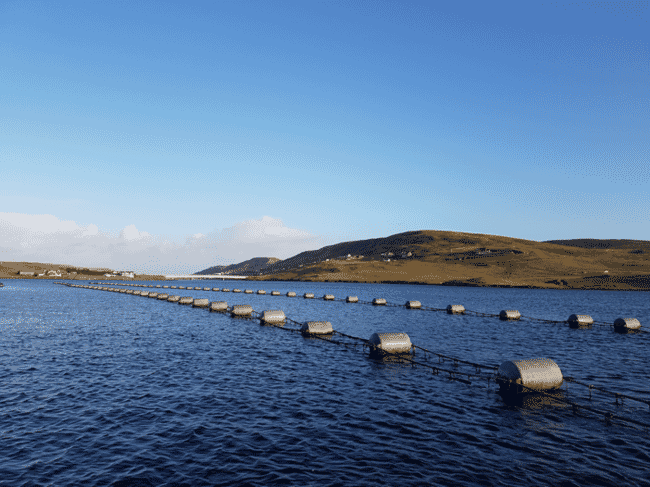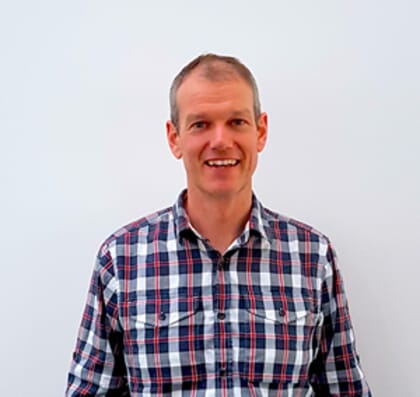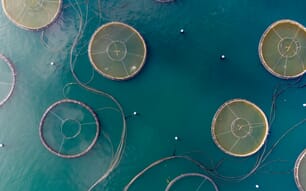Academics, along with industry and other partners, are looking at around 70 fish farm sites on the archipelago to see how this could help farmers track environmental challenges like harmful algae blooms, which can adversely affect stocks.

© Aquasens
Although satellite and other data is already used by the local industry, transmitting data collected from some rural areas in a timely fashion can be challenging.
Aquaculture is worth around £1.8 billion to the Scottish economy and the industry wants to double its value by 2030.
The team came up with the Aquasens project to help reach this target by solving industry-led challenges and by looking at the impact of fish farms on the environment and vice versa.
The feasibility study to understand what monitoring is already taking place and what the connectivity needs are, is funded by the European Space Agency’s Business Applications programme, which has its headquarters at the European Centre for Space Applications and Telecommunications in the Harwell Science and Innovation campus in Oxford.
Partners include the Scottish Association of Marine Science and NLA International Ltd.
Researcher James Slaughter, a Solutions Architect for Highlands and Islands at the Scottish Centre of Excellence in Satellite Applications, based at Strathclyde, said: “We initially looked at a system which acquires data in order to understand the environmental challenges, but then when we dug deeper, we could see the biggest challenge was connectivity between these sites.

© Aquasens
“Not all of Shetland has a 4G or 3G signal, so for areas that don't have it, it wouldn’t matter if you collected all of this data, you couldn’t actually transmit it and therefore make use of it.
“We looked at what fixing the data connectivity would mean for things like environmental impact assessment for establishing these fish farms.
“One of the problems is what the environment does to the fish farm and what the fish farm does to the environment. We put them on paper and engaged quite heavily with the aquaculture community in Shetland.”
Shetland produces around a third of the country’s farmed salmon, with more than 80 per cent of all Scottish mussels coming from the islands.
Correct and timely data can allow the local fish farmers to anticipate how things like the water temperature may affect the fish growth and how that combines with things like weather, tidal currents and algae bloom, which can be harmful to fish.
Smarter decisions
James Slaughter added: “There’s a lot of fish mortality as a result of these things so farmers are doing what they can to predict when something like a harmful algae bloom is inbound.
“If you know then you can stop feeding the fish because when you do that they swim lower in the cages, whereas blooms tend to stay closer to the surface.
It’s about trying to help farmers make better use of the information available so they can make smarter decisions.
“Farming fish is actually quite technical and the way we’re approaching it we can help them be more efficient with the data they already collect.
“At a fish farm you’ve also got a lot of fish concentrated into quite a small area who get fed medicine and feed.
“So, the other side of it is, what effect does putting all of that stuff into the water have on the surrounding environment and the seabed and the local eco system?”
Some of the companies on Shetland have spent large sums on broadband fibre connections, while others collect the data manually.
Slaughter added: “Each of these sites has different challenges. Some drive to a shore base to collect data fed from the fish cages or go out in a boat and manually take samples and write it down on a piece of paper before driving back to the office to look through it.
“There’s a huge range of capability so we have to work out which sites do have connectivity.
“The long-term aim is to create a ‘smart connected fish farm’ using a machine to machine approach, where you can have sensors at the site, sensors on autonomous surface vehicles offshore and you can use satellite data.
“Data will be drawn from lots of different places and because the site itself has connectivity all of those sources can be brought together and be analysed and transmitted to the decision makers."
The hope is that the project will help secure as well as create high value aquaculture jobs and Slaughter added: “The aquaculture industry pays pretty well and in Shetland alone there are more than 400 people employed with many on above average salaries.
“The sites on the west coast of Scotland, however, are in fragile communities. Many young people leave to seek employment elsewhere but aquaculture provides the kind of jobs that people stay for because they are well paid and high value.”
European Space Agency Liaison Officer Alan Brunstrom, said: “Space systems are often the only or most cost-effective means of communications with remote sites, but our interest extends to the development of complete, end-to-end solutions that often integrate space and terrestrial technologies in innovative ways.”




